Interoperability between iPhone and Mac is unmatched; from using iPhone as a Mac webcam to syncing messages from iPhone to Mac. However, there are things to know and settings to enable before you can send and receive messages from Mac. Read on to learn them all.

If you want to send an urgent message but don’t have your iPhone near you or want to carry on a conversation while using your Mac, here’s how you can connect iMessage to Mac.
How to Get Messages on Mac
The basic premise of this feature is iCloud. So you will need to:
- Enable iCloud Message Sync on iPhone and Mac (basically any device you want to use for messages).
- Use the same Apple ID on all devices, i.e. iPhone and Mac.
Besides iMessage, you can also sync text messages from iPhone to Mac. Once set up, you’ll receive every new message on your iPhone and Mac.
Plus, you can choose to reply or react from any device. And anything you delete will be deleted from all devices.
There are mainly three steps to sync iMessage history and attachments on Mac; so let’s go.
1. Enable iCloud Sync for Messages on iPhone and iPad
Step 1: Launch Settings and tap your profile (your name and picture) at the top.
2nd step: Tap iCloud
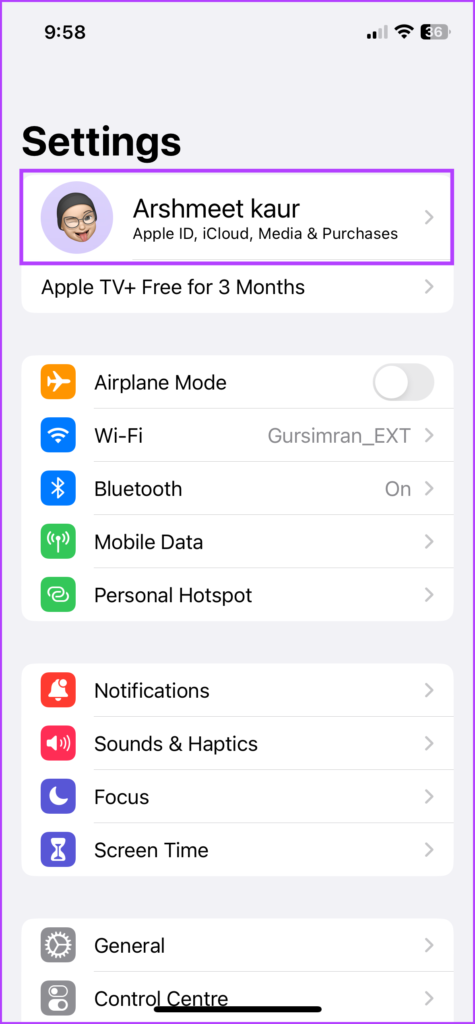

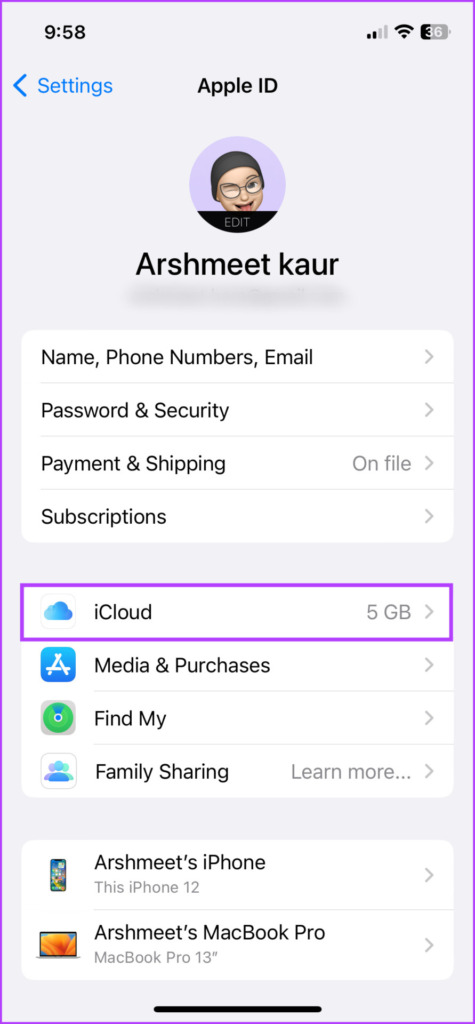

Step 3: Select Show all under Apps using iCloud.
Step 4: Find Messages and tap it.
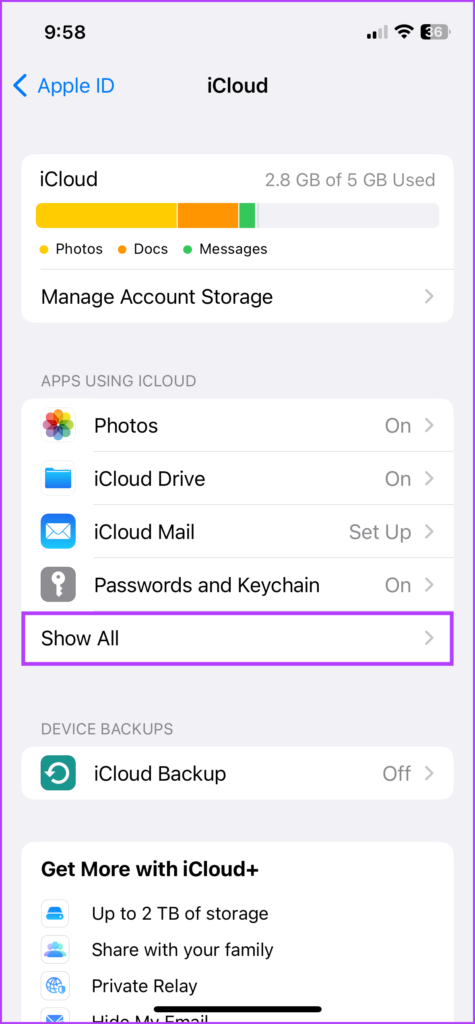

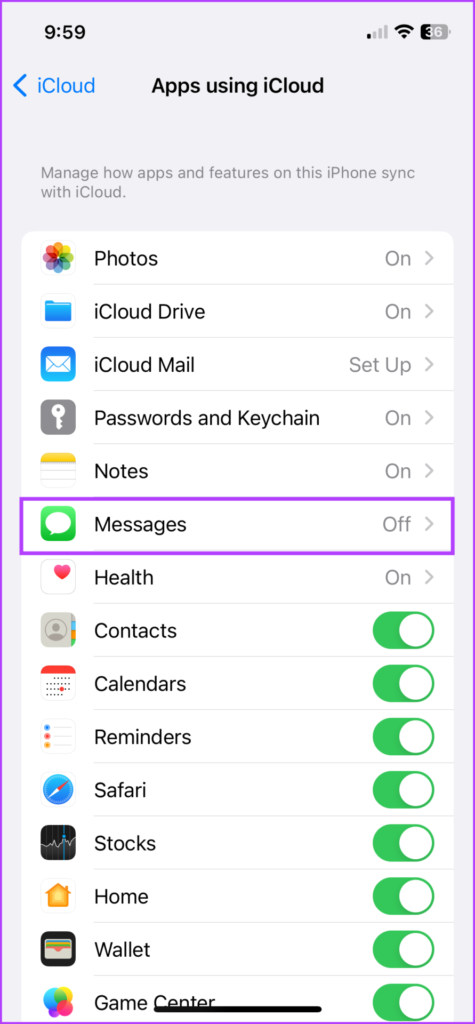

Step 5: Enable the toggle to sync this iPhone.
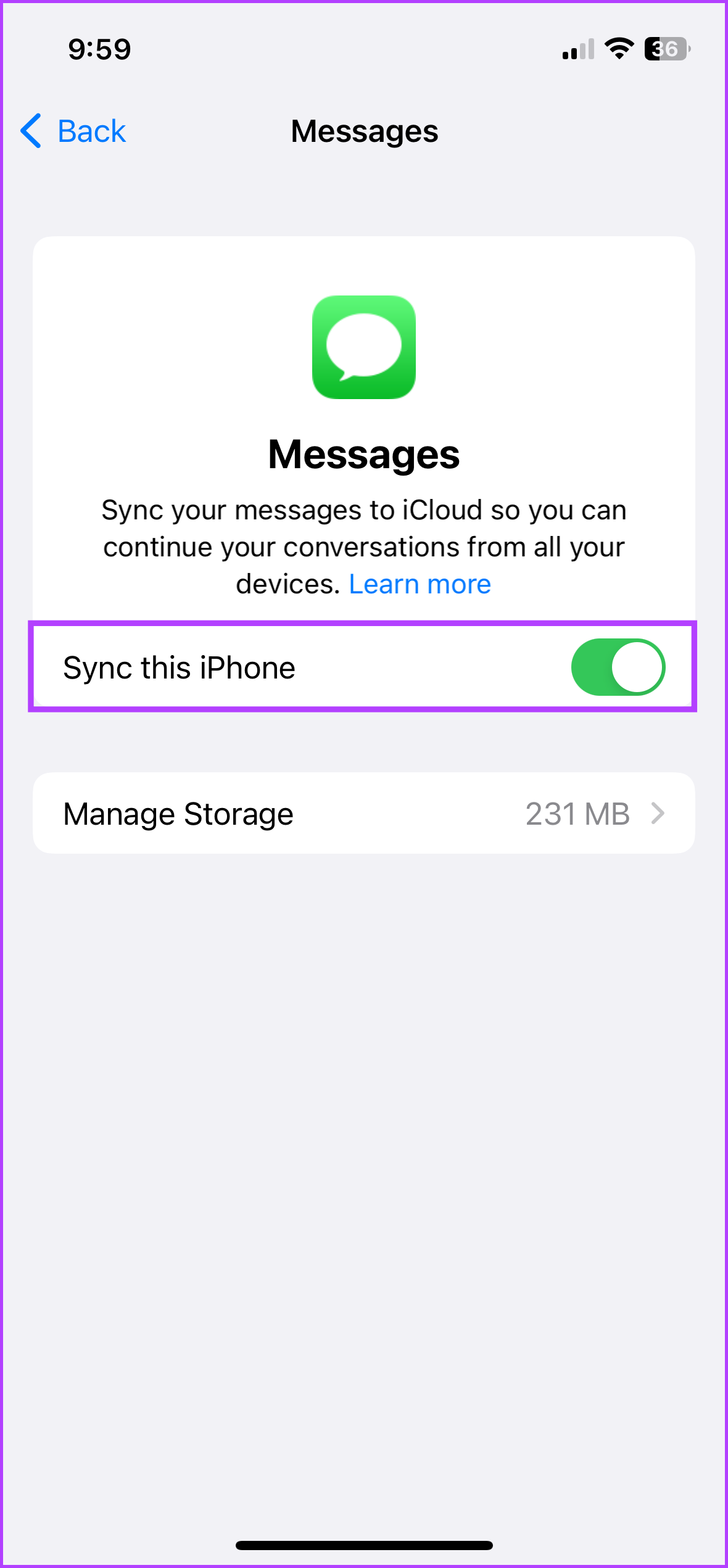

In total, the download process may take a while depending on the size/number of messages.
Now your message history will be synced to iCloud. As a result, all old messages stored in iCloud will be accessible on this device and all new conversations will be stored in iCloud for backup.
Point: Try to perform the initial sync with a stable Wi-Fi connection, as this can consume a lot of your cellular data. Also, make sure you have enough battery life to avoid draining it before syncing is complete.
2. Allow Mac to send and receive messages from iPhone
To enable iMessage sync:
Step 1: Go to Settings → Messages.
2nd step: Select Send and Receive.
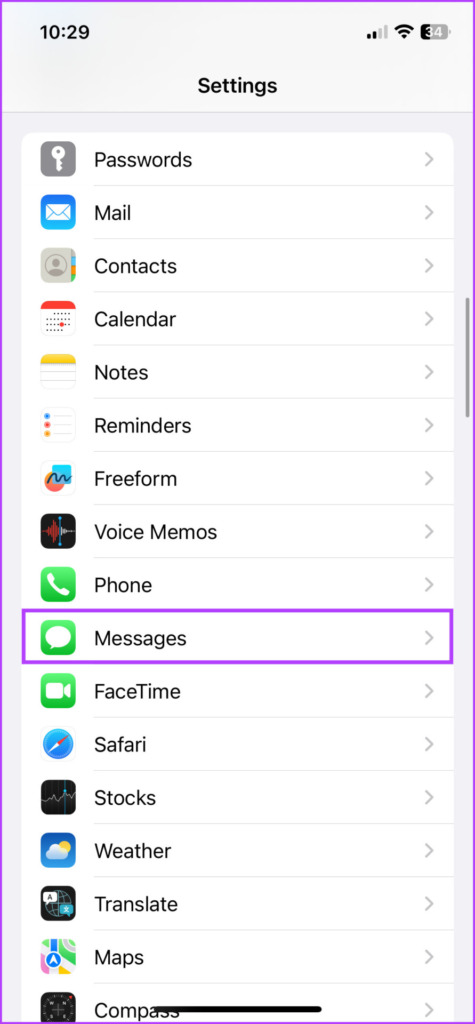



Step 3: Here, check the phone numbers and email addresses from which you want to send and receive messages on each device.
Step 4: Check the number or email address of your choice under “Start a new conversation from”.
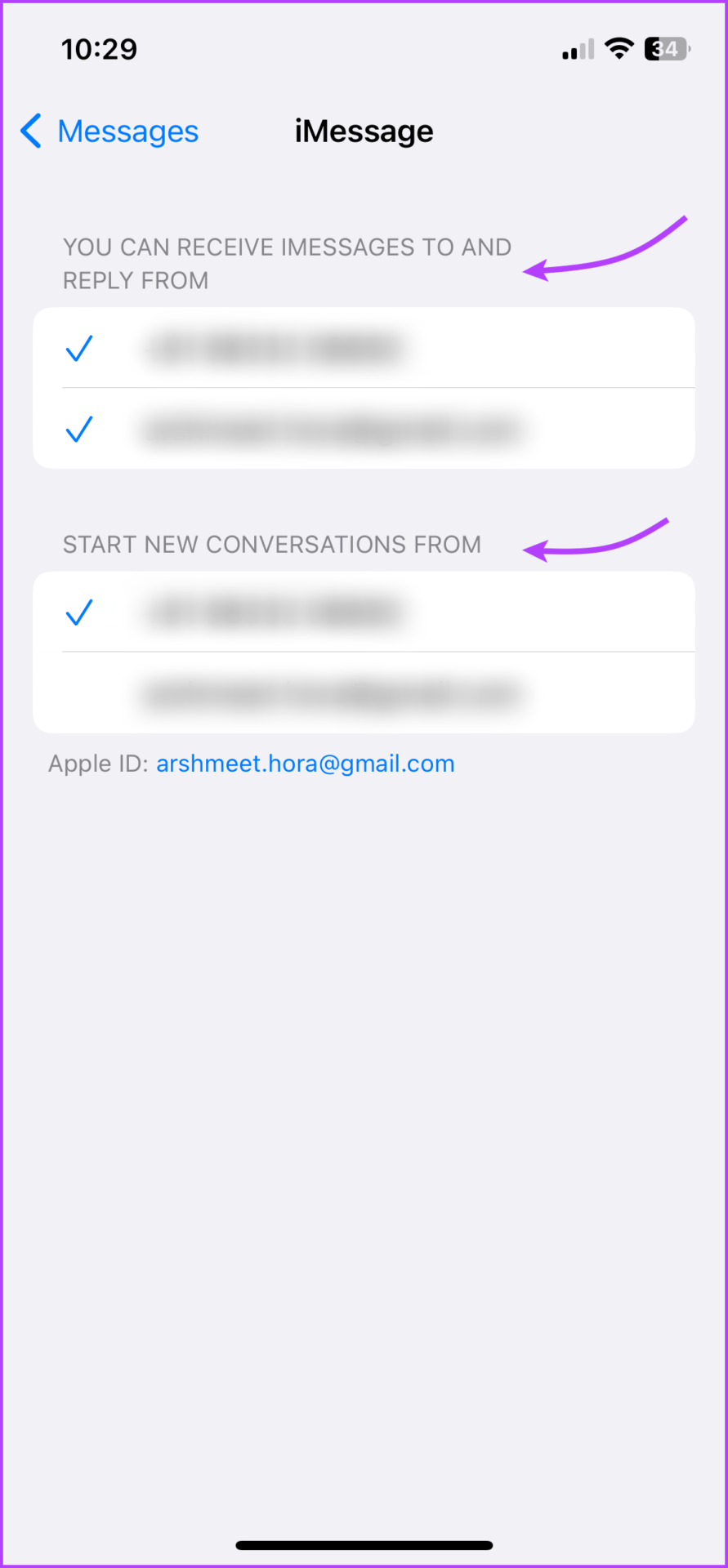

To receive an SMS on Mac,
Step 1: Go to Settings → Messages.
2nd step: Scroll down to Text message forwarding.
Step 3: Enable the toggle for your Mac.


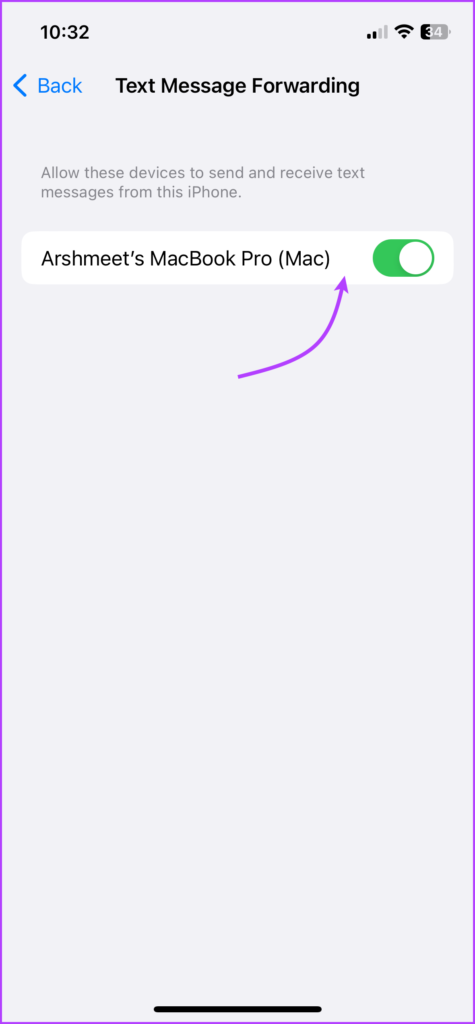

Note: If you haven’t enabled two-factor authentication on your Apple ID, a six-digit activation code will appear on your Mac. Then enter this code on your iPhone and tap Authorize.
3. Sync Messages from iPhone to Mac
Step 1: Launch the Messages app on Mac.
2nd step: Do one of the following, depending on your macOS:
- macOS is coming: In the menu bar, select Messages → Settings → iMessage tab.
- macOS Monterey or earlier: In the menu bar, select Messages → Preferences → iMessage tab.


Step 3: Check the box next to “Enable Messages in iCloud”. Next, select the phone numbers and email addresses you want to send and receive messages from the Mac.
Step 4: Also click on the drop-down menu under “Start new conversations from” and select the number/email id. (This should match the setting on iPhone)
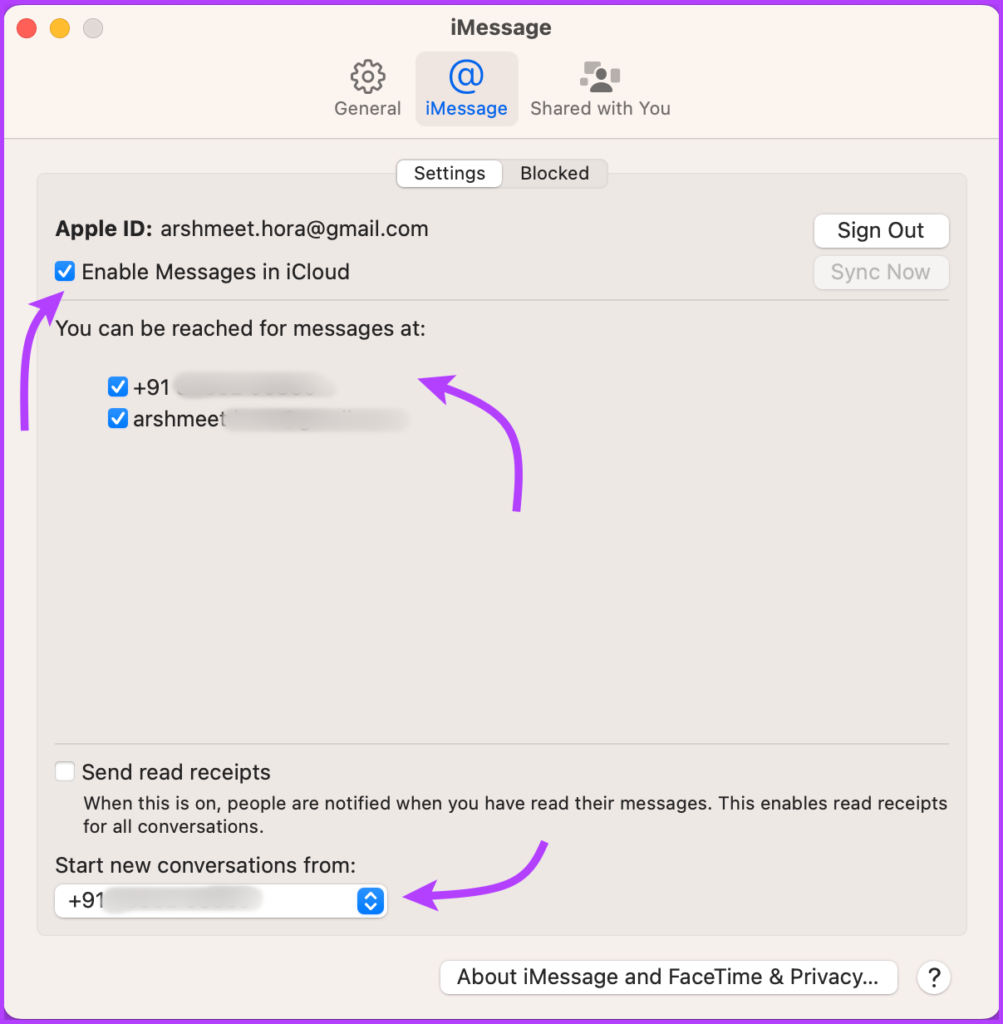

Then all messages stored in iCloud will be accessible from your Mac. Reversibly, any message sent and received on your Mac will be synced to your iCloud.
Point: If the Messages app has not automatically synced all messages, you can click Sync Now to do so.


How to send a message from Mac
A great thing about enabling messages on Mac is that you are aware of almost all the features available on iPhone. So, in addition to texting an individual or a group, you can also:
- Send audio messages: Similar to sending voice text on an iPhone, you need to click the Record Audio button (the wavy icon), speak, and click the Send button.


- Attach and send photos and videos: Click the Apps button (app icon) → Photos → select the photo/video from the library. Additionally, you can copy and paste or drag and drop them directly into the message field.
- Tapback: Click and hold the message and choose the reaction you want to send. To cancel the send or send a different reaction, repeat the process and deselect or select any other Tapback.




- Scan an image or import a file from iPhone: Go to Files (from the menu bar) → Import from iPhone or iPad → choose between Take Photo, Scan Documents and Add Sketch.
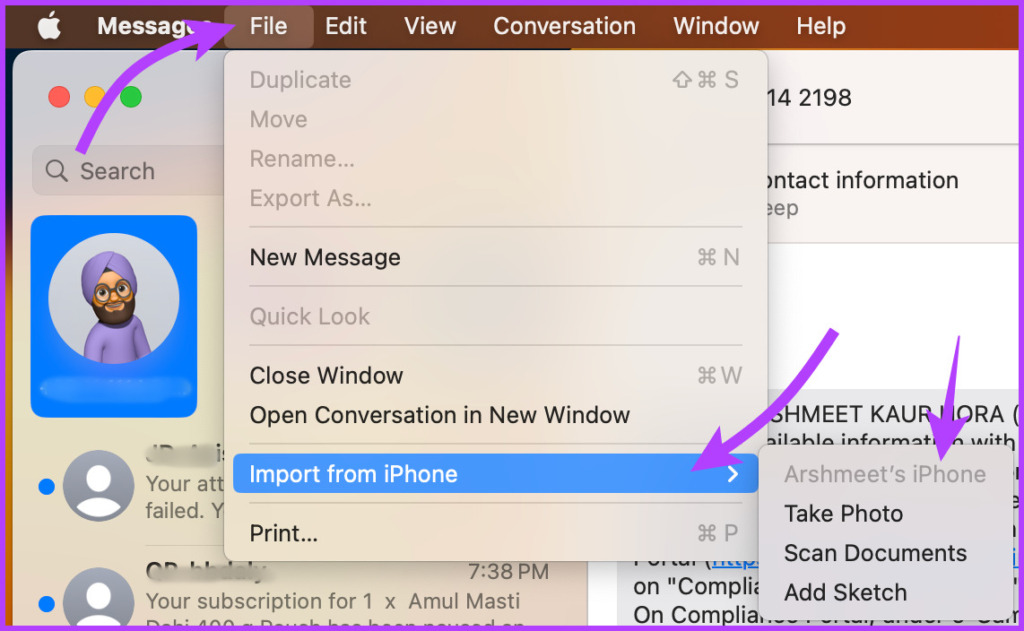

- Create and use Memoji: Click the Apps button (app icon) → Memoji Stickers → select an already existing Memoji or click the plus (+) icon/three dots icon → create the Memoji and share it.
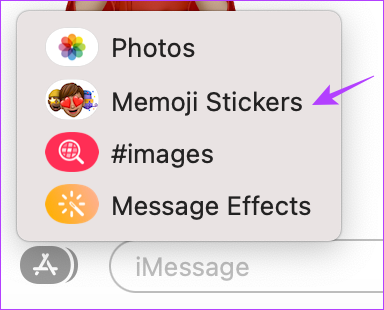

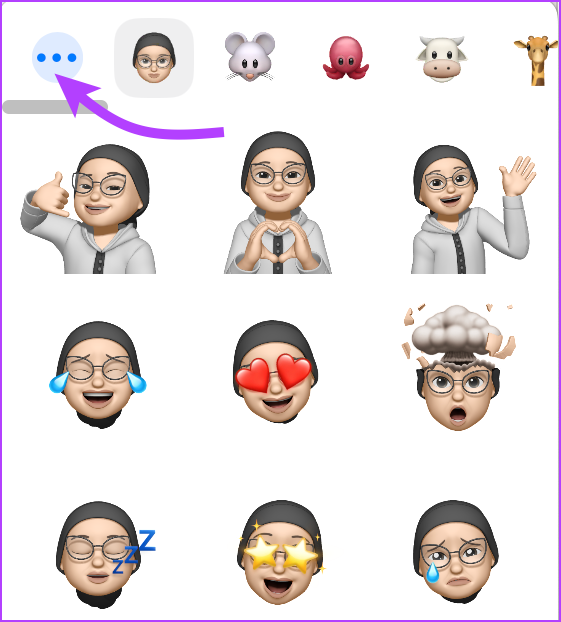

- Add message effects: Type the message or add the emoji, click the Apps button (app icon) → Message Effects → select the effect and send the message. If you want some tricks up your sleeve, check out these iMessage effects like Pew Pew.
- Edit or cancel messages: Remarkably, with iOS 16 and macOS Ventura, you can now edit or unsend an iMessage. Right-click on the message and select Edit or Undo Send.
well, that’s how you can set up and send messages from your MacBook. However, if you no longer want to sync iMessage on Mac, then proceed to the next section.
How to Stop Receiving Messages on Mac from iPhone
To stop receiving messages on your Mac, you need to turn off Messages in iCloud on Mac.
Step 1: Launch Messages.
2nd step: Select Messages from the top bar and select,
- Settings (macOS Ventura and later)
- Preferences (macOS Monterey and earlier)
(Alternatively, you can just open Messages and press Cmd + to open Settings/Preferences.)
Step 3: Here, uncheck “Enable Messages in iCloud”.


Step 4: Picking out,
- Disable this device: To turn off iCloud sync for messages from Mac.
- Disable all: Disables iCloud synchronization for messages on all devices associated with the Apple ID.


Syncing stops instantly when you turn off Messages in iCloud on any device. As for your message history on this device, it will be stored separately in iCloud backup while the sync of other devices remains intact.


That’s it! You have successfully disconnected iMessage from Mac. You have more questions ? Go to the next section.
FAQs of Syncing Messages from iPhone to Mac
There can be various reasons, from iCloud login errors to system bugs. Check out these fixes to get your iMessage working again on Mac.
Yes, you can sign up for iMessage on your Mac with your Apple ID. However, this will be limited to iMessage, you will not be able to receive and send SMS.
No, you will need iCloud/Apple ID to set up messages on Mac and sync text messages from iPhone to Mac.
There may be a problem in iMessage syncing or something like that. Although to fix this problem go to Settings → Messages → Turn off iMessage → restart device → Turn on and sign in iMessage again.
Yes, Apple uses end-to-end encryption for all messages stored in iCloud. Whether you upload or download messages, iCloud protects it.
Enable Messages on Mac for Ultimate Ease
Messages shared between your iPhone, iPad and Mac are remarkably smooth. If used wisely, it can help you achieve work/life balance. Conversely, it can also cause distractions in your workflow.
And while some love and depend on the feature, some prefer to keep the setting disabled. So which side are you on, do you prefer to keep it on or off? Share in the comments below.
